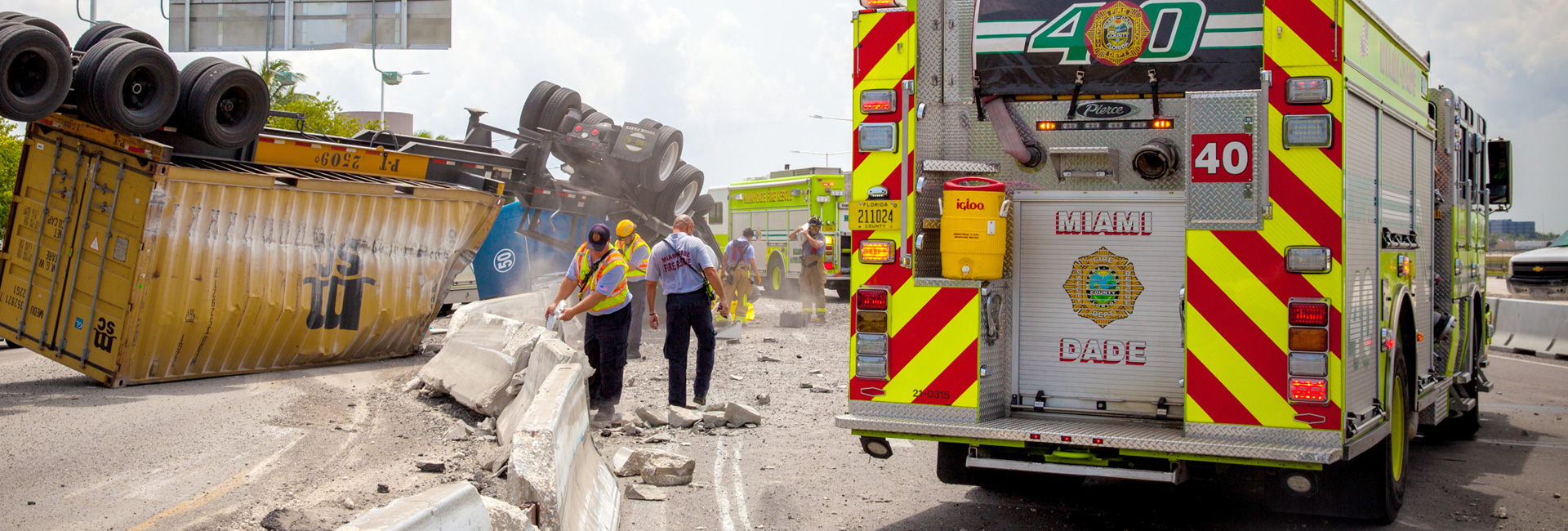Safety Tips: Bleeding Emergencies
Serious injuries don't always bleed heavily, and some relatively minor injuries can bleed profusely. Large scrapes and deep scratches can seem devastating when they really are not, but puncture wounds (which are often small and bleed very little) can be dangerous because of their high susceptibility to infection.
For the most part, wounds that damage only the surface layers of the skin can be treated at home. If the wound is very deep, you might be able to control the bleeding, but might need stitches. And sometimes, the bleeding cannot be controlled and emergency medical care is required immediately.
As a general rule, any deep penetrating wound anywhere on the torso should be considered a serious emergency, especially wounds to the abdomen, where many vital organs are located. People who take blood-thinning medication or who have bleeding disorders, such as hemophilia, may bleed excessively and quickly because their blood cannot clot properly, so even a minor wound can be dangerous.
In all traumatic injuries with blood loss, shock is the biggest concern. Shock is a life-threatening situation that occurs when there is inadequate blood flow through the body. Shock can occur for several reasons including heart problems, severe allergic reactions, dehydration, and blood loss. Remember that blood loss can be internal, which may be very difficult to detect.
Be alert for the following symptoms of shock:
- Anxiety, agitation or confusion.
- Rapid and weak pulse.
- Pale, cool, clammy skin or even profuse sweating.
- Bluish lips and fingernails.
- Very low blood pressure.
- Shallow breathing.
- Unconsciousness.
Most common injuries will not lead to shock and can be handled with some basic first-aid skills, a good first-aid kit, and a level head.
If the injury does not seem severe, here are some tips for handling a bleeding wound:
- Don’t panic. It’s probably not as bad as it looks. Direct pressure will stop most external bleeding. Use a sterile bandage, clean cloth, or even a piece of clothing. If nothing else is available, use your hand. Maintain pressure until the bleeding stops. Direct pressure is the simplest and most effective first step, and if you do it right, there will be a lot less blood loss.
- If bleeding continues and seeps through the material being held on the wound, do not remove it. Place another cloth over the first one.
- Do not peek to see if the bleeding has stopped. The less a wound is disturbed, the more likely it is that you'll be able to control the bleeding.
- If the wound is superficial, wash it with soap and warm water, pat dry and cover with a sterile bandage.
- Do not apply a tourniquet to control bleeding, except as a last resort. A tourniquet should be used only in a life-threatening situation and should be applied by an experienced person.
- Do not probe a wound or pull out any embedded object from a wound.
Call 911 or go to the emergency room if:
- The bleeding is severe and can’t be stopped. Take steps to prevent shock until help arrives. Immobilize the injured body part. Lay the victim flat, raise the feet about 12 inches unless there has been a head, neck, back, or leg injury or if the position makes the victim uncomfortable.
- An object is impaled.
- Internal bleeding or shock is suspected.
- Signs of infection develop including increased pain, redness, swelling, discharge, fever, or red streaks spreading from the site toward the heart.
- The wound might need stitches, or if embedded gravel or dirt cannot be removed easily with gentle cleaning.
- If the injury involves an animal or human bite.
- If you are not up-to-date on tetanus immunization (within 5-10 years).

Fire Rescue
Raied "Ray" Jadallah
R. David Paulison Fire Rescue Headquarters
9300 NW 41st Street,
Miami, FL 33178-2414
786-331-5000

